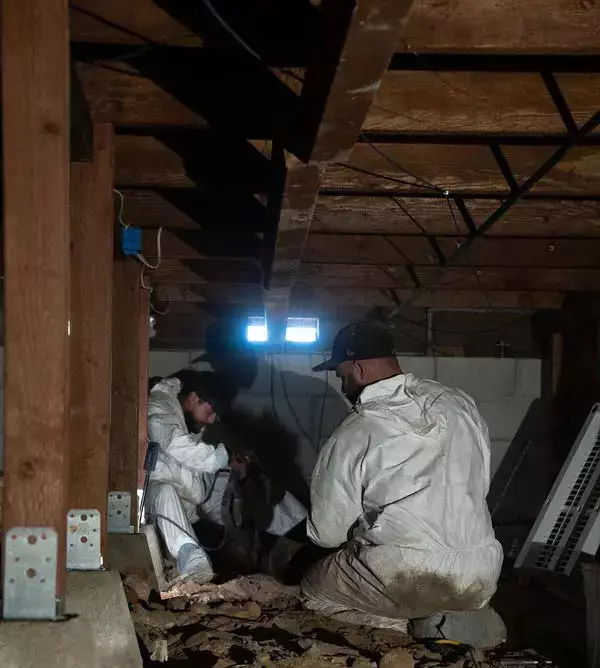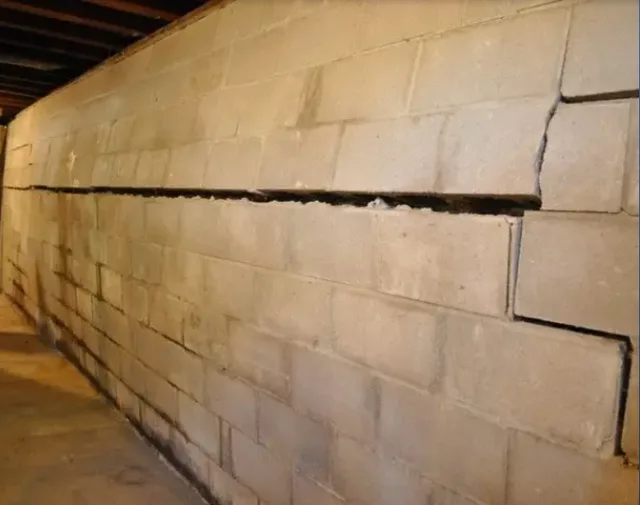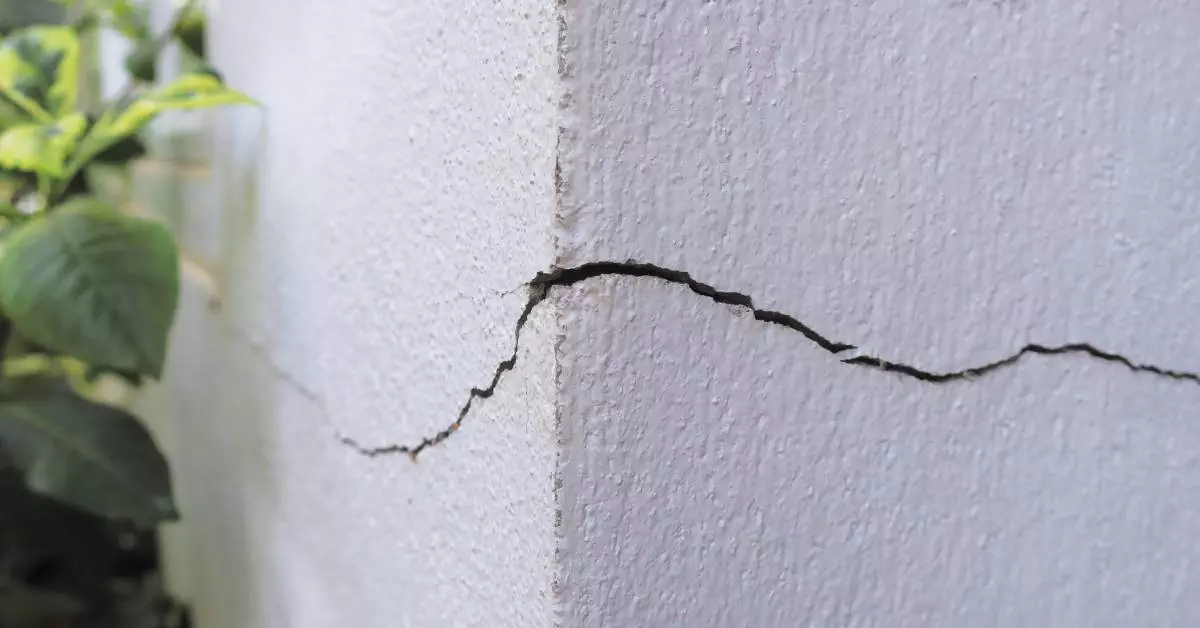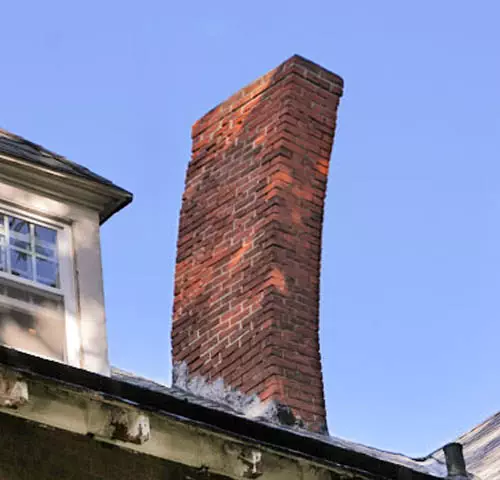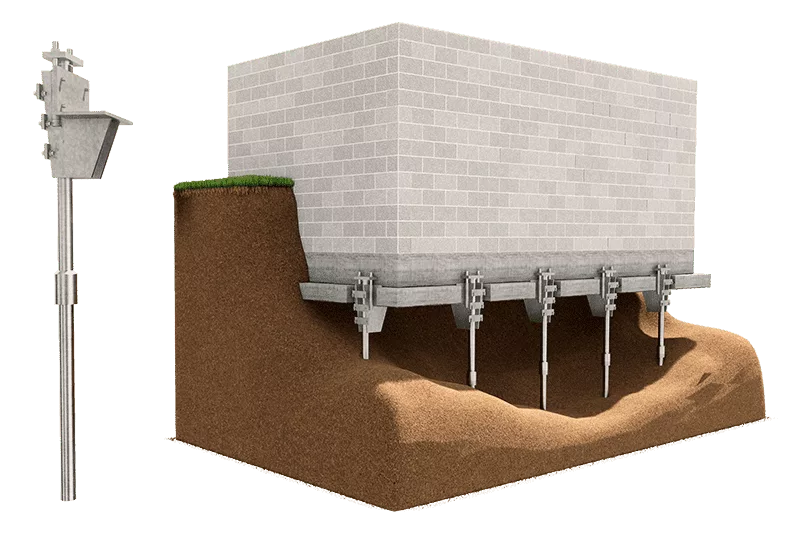
Foundation Underpinning: How to Secure Your Home for the Future
Imagine waking up one morning to find cracks snaking their way across your walls. You might feel worried, wondering if your home is in trouble. Foundation underpinning could be the key to securing your house for the future. This process helps strengthen your building foundation, ensuring it stays solid and safe over time.
Your home should be a place of comfort and safety. However, sometimes soil issues or structural weaknesses threaten that peace. That’s where foundation repair and structural support come into play. Different underpinning methods help stabilize and reinforce your foundation. But what do these methods involve, and how do they benefit you? Understanding foundation inspection and foundation stabilization can protect your home from potential risks.
If you care about the future of your home, it’s time to explore these solutions. Learn how construction underpinning and foundation reinforcement can make a real difference. Dive into the details and discover practical steps to keep your house safe and secure for years to come.
Within the post
Understanding Foundation Underpinning
Foundation underpinning is a process that strengthens and stabilizes a building’s foundation. It involves extending or repairing the foundation to ensure it can bear the weight of the house for years to come. Underpinning is essential if you notice any shifting or settling that might cause structural problems later on.
Why You Need It
You might wonder why foundation underpinning is necessary. Well, it protects your home’s stability by ensuring that the base remains solid and in place.
Additionally, underpinning enhances safety and boosts your home’s value. A sturdy foundation makes a house safer to live in and more attractive to potential buyers.
If your home is facing foundational issues, underpinning provides a solution. It’s a proactive way to address these problems before they escalate into bigger, costlier repairs.
Common Causes for Underpinning
Poor soil conditions are a common reason for needing foundation underpinning. Soil can shift or erode, leading to instability beneath your home.
Sometimes, initial construction errors necessitate underpinning. If the original foundation was not correctly built, underpinning can correct these mistakes.
Foundation Inspection
Regular checks of your foundation can help prevent problems. By keeping an eye on your foundation, you can catch small issues before they turn into major concerns.
Professional inspections are crucial. A professional can provide a thorough examination and identify problems you might miss.
Methods of Foundation Repair
There are various methods for foundation repair, each with its own benefits and applications. Choosing the right method depends on the specific conditions and needs of your home.
Traditional Underpinning Methods
Traditional methods involve excavating the soil beneath the foundation and adding concrete to support the structure. This approach has been used for many years and remains effective for certain situations.
Modern Techniques
Advanced technology offers new solutions for foundation repair. With modern techniques, repairs can be more precise and less invasive.
Innovative methods are often more efficient. They allow you to resolve foundational problems quickly and with minimal disruption to your life.
Foundation Stabilization Techniques
Stabilization ensures long-term support for your home. By stabilizing the foundation, you protect it from future damage.
Timely action is important because it prevents further damage. Address issues as soon as they arise to avoid larger problems down the road.
Importance of Soil Stabilization
Soil stabilization is a key part of underpinning. It helps to ensure that the ground beneath your home remains firm and stable. By stabilizing the soil, you prevent shifting and settling that can lead to structural problems.
Signs of Foundation Problems
Recognizing early warning signs of foundation problems is crucial. Here are some signs to look out for:
- Cracks on walls can indicate movement or shifting beneath your home.
- Uneven floors may suggest a foundation issue.
- Sticking doors and windows are also common signs that your foundation might need attention.
Swift action is essential when you notice any of these signs. Timely repairs prevent small issues from becoming bigger problems.
Professional advice is beneficial. Consulting with a specialist can provide you with insights and guidance on the best steps to take.
Structural Support Needs
Understanding the importance of structural support is key to maintaining your home’s integrity. A strong foundation supports your entire house and keeps it secure.
Prioritize strong structural systems by ensuring that your foundation and support structures are well-maintained and up to date.
Steps for Effective Underpinning
To effectively underpin your foundation, follow these essential steps. Taking the right approach from the start can save you time and money.
Assessing the Building Foundation
A comprehensive evaluation of your building foundation is necessary. Before any work begins, you need to understand the condition and challenges of your existing foundation.
Identify specific issues first. By pinpointing exact problems, you can tailor solutions to meet those needs.
Selecting the Right Underpinning Method
Choose underpinning methods based on the needs of your home. Different methods are suitable for different types of foundation challenges.
Consult with experts for guidance. Professional advice can help you select the best approach and ensure that the work is done correctly.
Implementing Construction Underpinning
When you’re ready to proceed with construction underpinning, make sure to follow a detailed plan. Proper implementation is crucial for the success of the underpinning process.
Maintaining Foundation Integrity
Once you’ve completed underpinning, it’s important to maintain your foundation’s integrity. Regular upkeep can prevent future issues and prolong the life of your home.
Regular Foundation Inspections
Get regular foundation inspections to spot any new issues early. By keeping up with inspections, you can address minor problems before they become major repairs.
Regular inspections can also help you to maintain the overall health of your home. Checking for alignment issues and making necessary adjustments is key.
Having a well-underpinned and maintained foundation provides peace of mind. You can rest easy knowing that your home is secure, safe, and ready to withstand the test of time.
Secure Your Home’s Future Today
Ensuring your home has a stable foundation offers peace of mind and protects your investment. By understanding how to secure your home, you enhance its structural support and longevity. You can tackle issues like foundation repair and soil stabilization confidently, knowing you’re safeguarding your future.
Take the first step by scheduling a professional foundation inspection. This will help identify any potential problems early on. Once you have a clear understanding, explore underpinning methods and foundation stabilization options to address specific needs. Acting now can prevent more serious issues down the road.
Your home deserves the best care. Make it a priority to consult with experts today and begin fortifying your building foundation. Start this journey with a simple call or an online appointment, and rest easy knowing you’re making a smart investment for your home.
